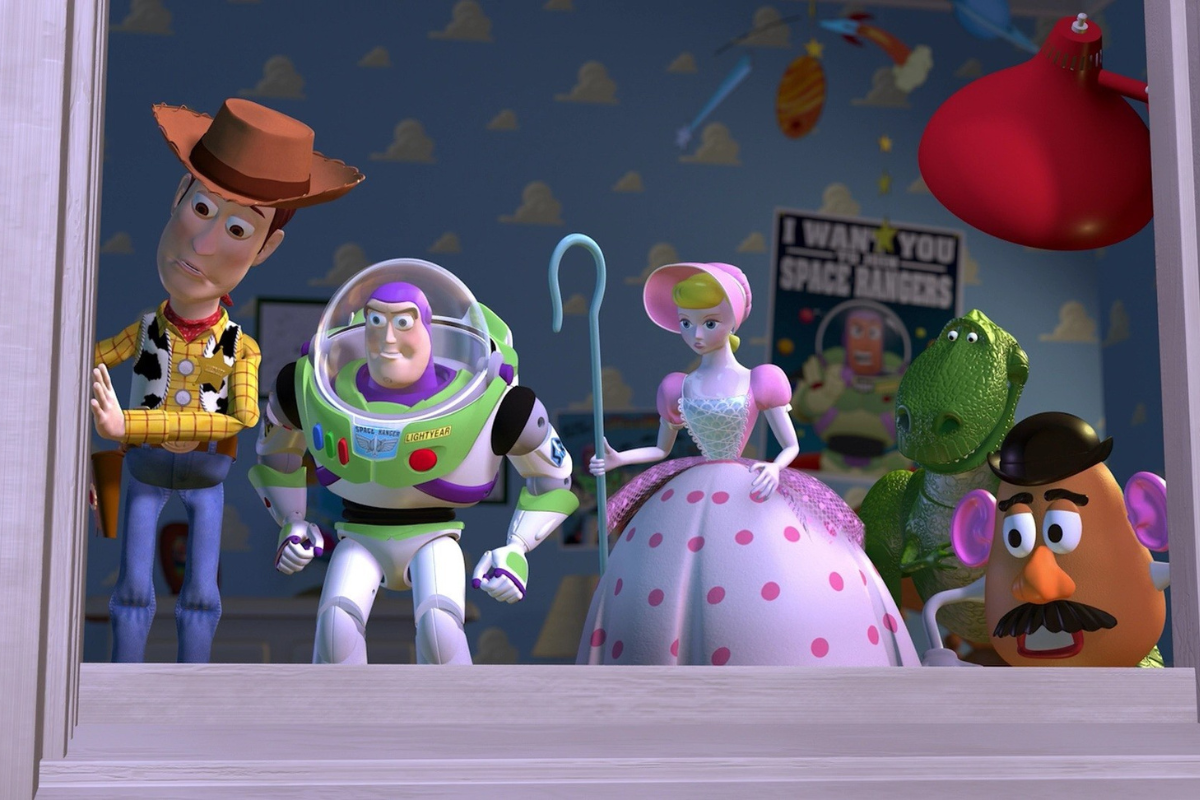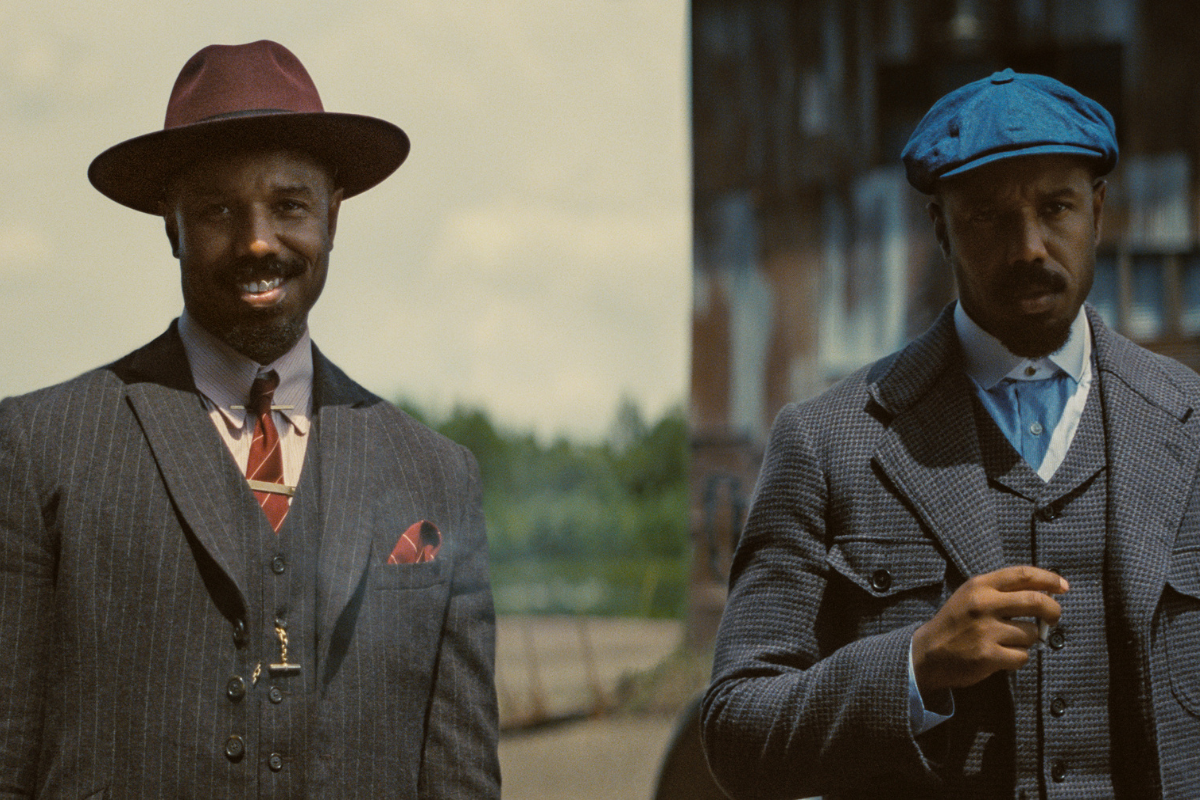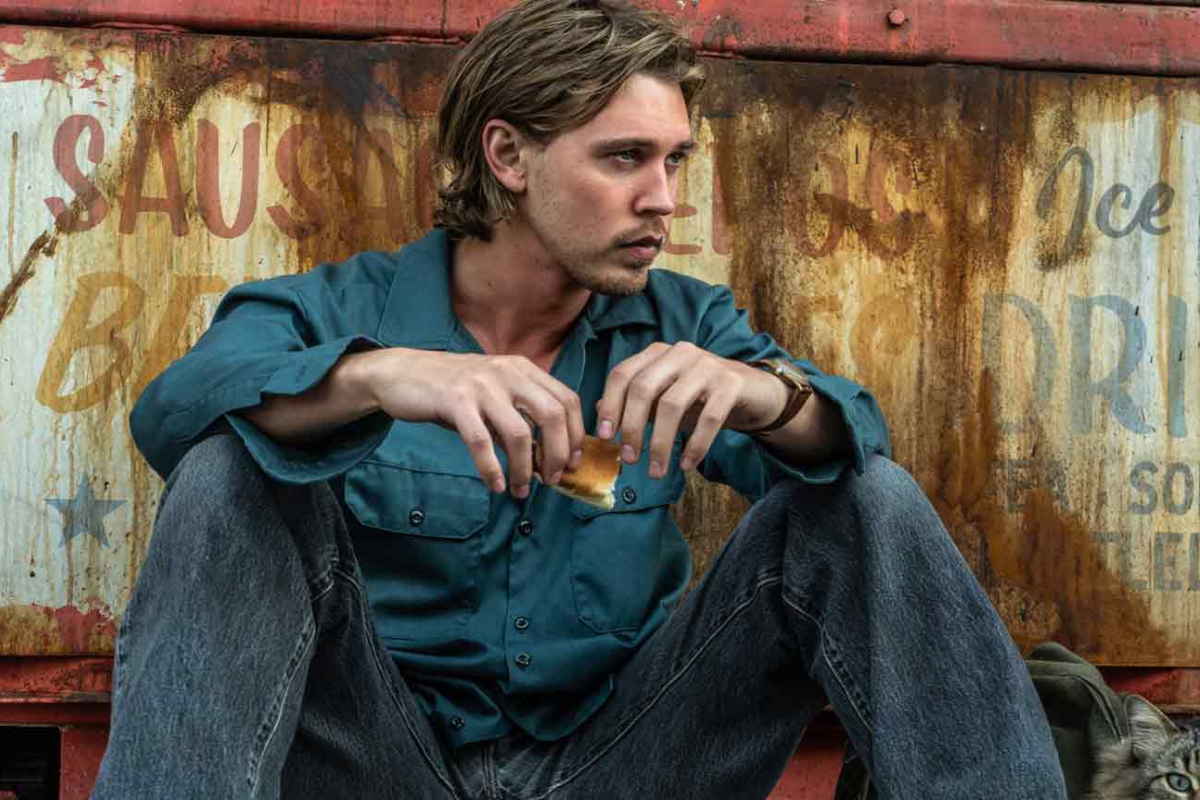Want Complex Female Characters? Put Them in Action
The latest women in action at the box office would share enthralling stories if we asked, “What do you do?” Go beyond a character’s career and explore what she does in the plot to develop complex female characters actors want to play—and audiences want to watch.
The latest women in action at the box office would share enthralling stories if we asked, “What do you do?” Go beyond a character’s career and explore what she does in the plot to develop complex female characters actors want to play—and audiences want to watch.
If we held a meet-and-greet with films’ latest women of action, imagine the conversations they’d have.
What do you do, Lara Croft?
“I box. Well, I’m learning,” the latest Tomb Raider might say.
Career-wise, Lara (Alicia Vikander) is a bit lost. She could be an heiress, but she’d have to declare her long-missing father dead—not an option. Neither is having everything handed to her. So she works as a courier, making deliveries throughout London on a bicycle.
The women of Black Panther? Okoye (Danai Gurira) is a general in the Dora Milaje, an elite fighting force that protects T’Challa (Chadwick Boseman), the newly crowned king of the fictional African nation of Wakanda. Nakia (Lupita Nyong’o) is a Wakandan spy, so she might be short on details. She’s also T’Challa’s old flame, so she flummoxes him like no one else. And Shuri (Letitia Wright)? T’Challa’s younger sister is a tech genius whose inventions put Tony Stark, aka Iron Man (Robert Downey Jr.), to shame.
What about Lena (Natalie Portman), protagonist of the heady sci-fi film Annihilation? “I’m a biologist,” she might say, her past in the Army and semiautomatic weapon skills not worth mentioning yet.
Elevator pitches aside, we all say what we do in terms of our jobs or families. But what these women do onscreen goes beyond all that. They’re female characters in action scenarios, but they’re also active protagonists in a way that’s invigorating.
In the wake of #MeToo and #TimesUp, we’ve heard a lot of talk about seeing more diverse characters onscreen, especially women. But saying your script has “strong female characters” can sound amorphous, even empty, if you don’t back it up with action.
I’m not talking about turning every woman onscreen into James Bond or a whiskey-swigging ace with a bag full of explosives. I mean creating female characters who actively drive the plot.
Avoid these. Please.
The long-suffering wife or girlfriend—often gasping with shock in front of the TV or on the phone—is one of five tired stereotypes that film critic and writer Katie Walsh in the Los Angeles Times recently said that she’d love to retire.
Along with the frustrated spouse recently seen in Den of Thieves (reheated from Heat, but also in Sully), Walsh also skewered:
- the “sexual conquest to help him get his mojo back,” another form of the “manic pixie dream girl” whose quirks rejuvenate and focus an aimless guy (Garden State, Elizabethtown)
- the cold careerist with a chic haircut that becomes mussed as she relaxes (Jurassic World) or who softens through love (Walsh named 27 Dresses, but this has been around for much longer. See 1987’s Baby Boom, for instance, where Diane Keaton’s executive inherited a child)
- the rape victim who inspires action (Walsh citied both Nate Parker’s and D.W. Griffith’s of Birth of a Nation, where the rape incites two different racial communities; but there’s more than enough examples to count, including both versions of Death Wish)
- the “plucky girl child who helps a man find his purpose” (Taxi Driver, Gifted).
Granted, Tomb Raider, Black Panther, and other upcoming films with multifaceted women were greenlit before the industry’s recent reckoning. But the hunger for these types of characters seems to be making headway at last in action films, screenwriter and former critic Kate Muir recently said in The Guardian. “We’ve seen these incredibly weird and wonderful female characters on our TV screen, but never in a cinema. There’s a real appetite for them and the executives are aware of that appetite.”
We have more women of action on the way over the next few months. In April, we’ll see Emily Blunt (The Girl on the Train) as a pregnant mom forced to live—and give birth—in silence while hiding from vicious creatures in A Quiet Place, co-starring real-life husband John Krasinski. That same month, Black Panther’s women return in Avengers: Infinity War, where they’ll join other Marvel heroes such as Black Widow (Scarlett Johansson), Scarlet Witch (Elizabeth Olsen), Gamora (Zoe Saldana), and Nebula (Karen Gillan).
In June, Sandra Bullock leads the all-female crime caper Ocean’s 8, co-starring Cate Blanchett, Helena Bonham Carter, Mindy Kaling, and Rihanna. Holly Hunter’s super mom Elastigirl takes center stage in The Incredibles 2 while her husband, Mr. Incredible (Craig T. Nelson), juggles domestic duties and their infant’s budding superpowers. Then in July, Evangeline Lilly takes flight in Ant-Man and the Wasp as Hope van Dyne, aka the Wasp, the size-shifting partner to Paul Rudd’s ex-con turned hero from the 2015 heist film.
Like Hope said upon seeing her winged costume in that film’s end-credits scene: “It’s about damn time.”
Action defines characters
Even if you prefer to write comedy or drama instead of action, sci-fi or horror, I guarantee that readers, producers, actors and audiences find female characters more rewarding when they significantly contribute to the story instead of dithering in the background or acting as launch pads for other characters’ growth.
Meryl Streep recently earned her twenty-first Oscar nomination for The Post, depicting real-life Washington Post publisher Kay Graham finding her voice and authority in backing the paper’s expose of the Pentagon Papers.
Taraji P. Henson dives into revenge as a wronged wife in Tyler Perry’s Acrimony, out this month. She’s repeatedly chosen roles where she doesn’t sit on the sidelines, from TV’s Person of Interest and Empire to Hidden Figures and Proud Mary.
Before teaming up with longtime collaborator Tim Burton, Bonham Carter earned a reputation for period pieces. But even in those films, her characters were active, if not outright catalysts. Her proper demeanor as Lucy Honeychurch in A Room with a View hid a tart tongue, headstrong passion—and a conflict over the right romantic choice. Her fiery Helen Schlegel of Howard’s End crashes a wedding and becomes pregnant while rejecting the societal choices of her sister (Emma Thompson). And in The Wings of the Dove, her Kate Croy sets up her lover with a dying heiress (Alison Elliott) to benefit from her wealth.
Multifaceted and powerful
Explore your female characters beyond what they do as a career or a trope and chart what they do in your screenplay. Consider how the women in our get-together at the top of this story would have fared if we knew nothing more about them than just the basics.
Lara Croft has been a gaming icon for more than two decades, with two previous films starring Angelina Jolie that highlighted her exaggerated hourglass figure and unflappable smarts. The latest Lara, based on 2013’s reboot of her popular video game, is untested and vulnerable. As a cyclist, she’s as fast on wheels as she is on her feet, with a knack for solving puzzles and a curiosity that her missing dad encouraged.
Both qualities prime her to travel to the South Pacific to retrace her dad’s last known steps. She’s skilled with a bow and arrow but shaken when she has to kill someone attacking her, a moment of reflection little seen in an action film. Sometimes she leaps to safety on little more than faith.
Focusing solely on Okoye’s loyalty omits her warmth, competence, and confidence. Bald, she huffs about wearing a wig undercover and deftly wields an electric spear as a bo staff or a projectile. She also can disarm the king with the gentle barb of a friend and stop a charging rhino with an affectionate smile.
Nakia is a skilled fighter and confidant, as well as an operative sharp enough to think of contingency plans once a conflict over the throne begins. Compassionate about helping refugees, she also nudges T’Challa away from Wakanda’s isolationism and toward sharing its technology with the rest of the world.
Shuri is hardly all work and no play. She has an effervescent personality and an impish streak, flipping the bird around the Queen Mother (Angela Bassett) and failing to tell her brother before she videotapes his test of a new suit of armor how it can zap the force of his blows back at him.
And while Annihilation failed to burn up the box office, it holds an 87 percent “fresh” rating on RottenTomatoes.com in part because of how its women explore challenging themes. Lena volunteers to investigate an unearthly phenomenon in a national park. She hopes to find a way to help her husband (Oscar Isaac), the lone survivor of a previous expedition, who now has little memory and multiple organ failure. But she and the other female scientists in her group (including Tessa Thompson and Gina Rodriguez) are drawn to something more. The reason why Lena cheated, perhaps. Whether humans are naturally self-destructive. Why they can’t leave anyone behind.
If you asked your female characters, “What do you do?” what would they say? Would their answers hold you rapt with attention? Or would they list bullet points that don’t capture all their complexities?
If a woman in your story can be “seamlessly replaced with a floor lamp with some useful information written on it,” she’s not a strong female character, notes critic Tasha Robinson, in one of my favorite jabs on this subject. “[W]ould you—the writer, the director, the actor, the viewer—want to be her? Not want to prove you’re better than her, or to have her praise you or acknowledge your superiority. … Does she fulfill any wishes for herself, rather than for other characters?”
That’s a conversation worth having.
Creating Strong Female Characters On-Demand Webinar
DOWNLOAD NOW!
Valerie Kalfrin is an award-winning crime journalist turned essayist, film critic, screenwriter, script reader, and emerging script consultant. She writes for RogerEbert.com, In Their Own League, The Hollywood Reporter, The Script Lab, The Guardian, Film Racket, Bright Wall/Dark Room, ScreenCraft, and other outlets. A moderator of the Tampa-area writing group Screenwriters of Tomorrow, she’s available for story consultation, writing assignments, sensitivity reads, coverage, and collaboration. Find her at valeriekalfrin.com or on Twitter @valeriekalfrin.







